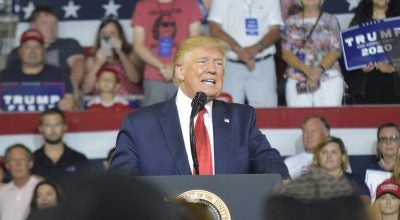Wishful thinking about gas prices
Published 7:26 pm Friday, February 24, 2012
Lately, an image has been making the rounds — a sign taped to a gas pump claiming “$1.79 national average when President Barack Obama took office. Just sayin’.”
Well, it’s true. When President Obama took office, gas prices were $1.79 per gallon. Yesterday, the national average hit $3.65. However, as with much political commentary, the image doesn’t tell the whole truth.
In order to get at the whole truth, the overall picture of gas prices over several years and the reasons behind the spikes and lulls of national averages need to be studied. The story is not as simplistic as “president A = gas prices low; president B = gas prices high.”
In mid-2008, gas prices were at a record high. Some reasons: an astronomical rise in crude oil prices luckily moderated by adequate supply and less demand; hurricanes Ike and Gustav damaging East Coast supply lines from Gulf Coast refineries. Fast forward to today, and 2012’s increase has much to do with political upheaval in Syria, Yemen and Libya, a loss of 450 million barrels of crude oil from those countries on the global market, only partially offset with released stock by the International Energy Agency and Saudi Arabia. Just as President George W. Bush had little control over global supply of crude, much less hurricanes, in 2008, it’s unlikely that Obama did much to cause the people’s revolutions in Middle East, not to mention a tsunami in Japan.
“Stop relying on oil imports!” some might cry, with good reason. And we are.
According to the U.S. Energy Information Administration: “Canadian oil sands and U.S. supplies” — brought about by hydraulic fracking and horizontal drilling — “are displacing U.S. imports from Europe, West Africa and, until recently, the Middle East.” The problem for us is that, while Midwest refiners are investing in infrastructure to process the lower-quality crude and Gulf Coast refineries are expanding their capacity, the East Coast is scaling down. It means “refined product trade flows are being redrawn” as we speak. The East Coast is predicted to rely more heavily on imports, regardless of how much oil is being produced in the U.S.
So the next time you hit the gas station, remember that unless a person has more power than the past two presidents to control the behavior of both mankind and nature, and build a nationwide infrastructure overnight, a campaign promise to significantly lower gas prices is not really a promise — it’s more like wishful thinking.





